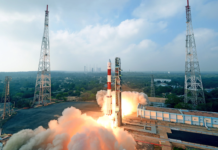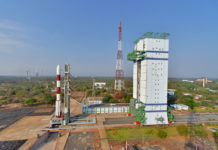Past beliefs on the subject
The internal body timers that people have control almost everything that individuals do from their body temperatures to their chronotypes. The body clocks, also called the circadian rhythms, have been known to be controlled by the neurons in the suprachiasmatic nucleus (SCN) region of the brain.
The approximate 20,000 neurons in the SCN are supported by 6,000 star-shaped glial cells called astrocytes. Glial cells are considered the ‘glue’ of the nervous system because they protect and more importantly support neurons. Scientists have always thought the astrocytes as scaffolding in the working of the circadian system, but recent studies by the Washington University in St Louis show astrocytes may be more crucial in the system than previously thought.
Theory Challenged
A 2005 study conducted by Erik Herzog had put forward the hypothesis of the astrocytes controlling our body clocks. However, Herzog did not have a technique to separate astrocytes from neurons to test out his theory because neurons are intricately intertwined with the astrocytes.
Years later a graduate student of his named Matt Iso developed the extraction technique. Iso is the lead scientist of the research study conducted into the function of astrocytes in circadian rhythms.
In their publication in The Current Biology Journal, the researchers wrote that they did not know what to expect when they began their study. “We had no idea we would be that influential,” declared Iso.
The researchers conducted their research on mice. In the past, tests on mice had shown that interfering with the rats’ SNC compromised their sense of time. Scientists had proven this theory by deleting a clock gene called Bmal1, which is found in the entire human body, from neurons. Mice with no Bmal1 had little sense of time. Iso’s team based their project on such studies. The research group first isolated the astrocytes from the neurons in the mice. They then deleted the Bmal1 gene from their test subjects. Studying the behavior of the mice after that procedure was conducted yielded surprising results. It showed that mice with no Bmal1 in their astrocytes reacted one hour later when compared to their counterparts with the gene present. The researchers concluded the effect on internal body clocks must have been as a result of the interference of the mice’s astrocyte composition.
To augment their findings in the first experiment, Iso and his team grew astrocytes independently in the lab. The objective was to ensure that the rat’s internal systems had not interfered with the findings. The scientists added a bioluminescent protein to the clock gene in the astrocytes and noted the results of the experiment. Iso and his team documented in their paper that the astrocytes had lit up and dimmed in a rhythm that led the scientists to conclude that the cells were in fact keeping time.
The results of the first study when coupled with those of the second confirmed the hypothesis Herzog had come up with years ago that astrocytes do not only support neurons as the neurons keep time, the astrocytes keep body time themselves.




